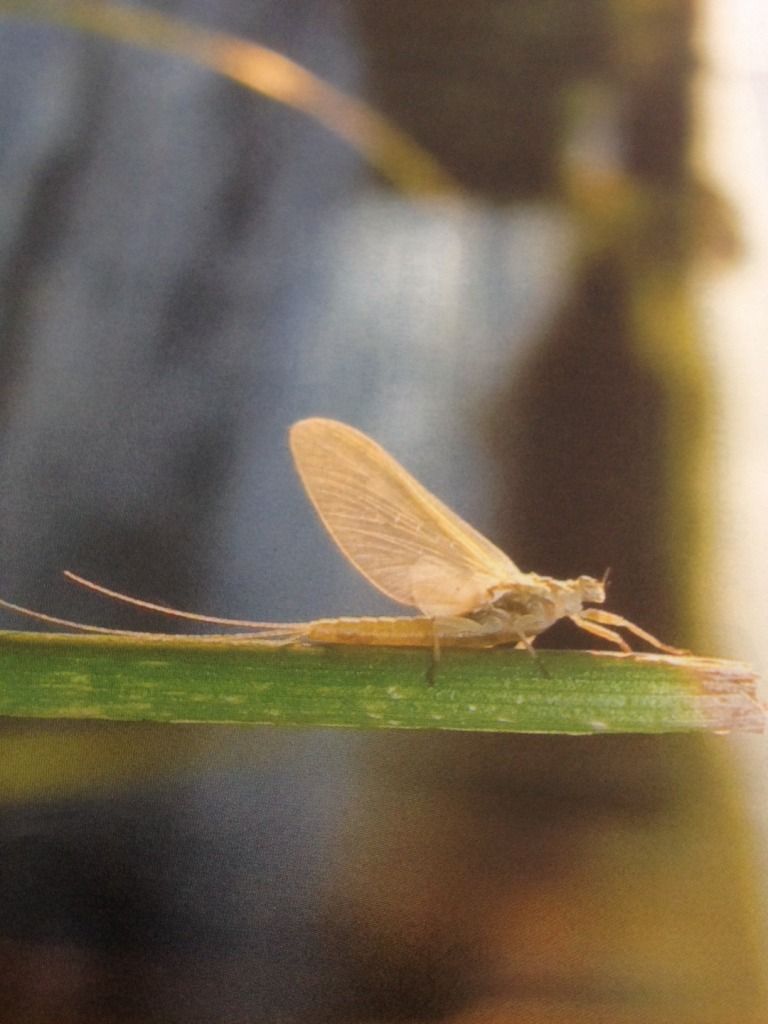Sorry, meant the "cant" or direction of a mayfly wing.
Anyway, I know a lot of posts I post bring a lot of strong disagreement, but I am "coming out of the closet" on this issue.
I just received my "Fly Tying" catalog today from Orvis. On the cover is a beautiful photo of a PMD at rest on a weed. Anyway, the wing is "canted" at as much as 30-45 degrees to the rear.
I have always wondered why so many dry fly patterns have completely upright wings! I have never witnessed a mayfly on the water with straight upright wings.
Now, this pic of a fly of mine is not my best fly or anything, but only selected as it was the first I came across with a canted wing which I believe is most like the actual insect: Just close your eyes and picture one you have tied that looks a lot better.
Or one like this one I tied for the same reason:
Now, compare that vision in your mind to the real thing below:
Now, I am going back in my closet to avoid all of the disagreements that are sure to come!!!







 Reply With Quote
Reply With Quote





